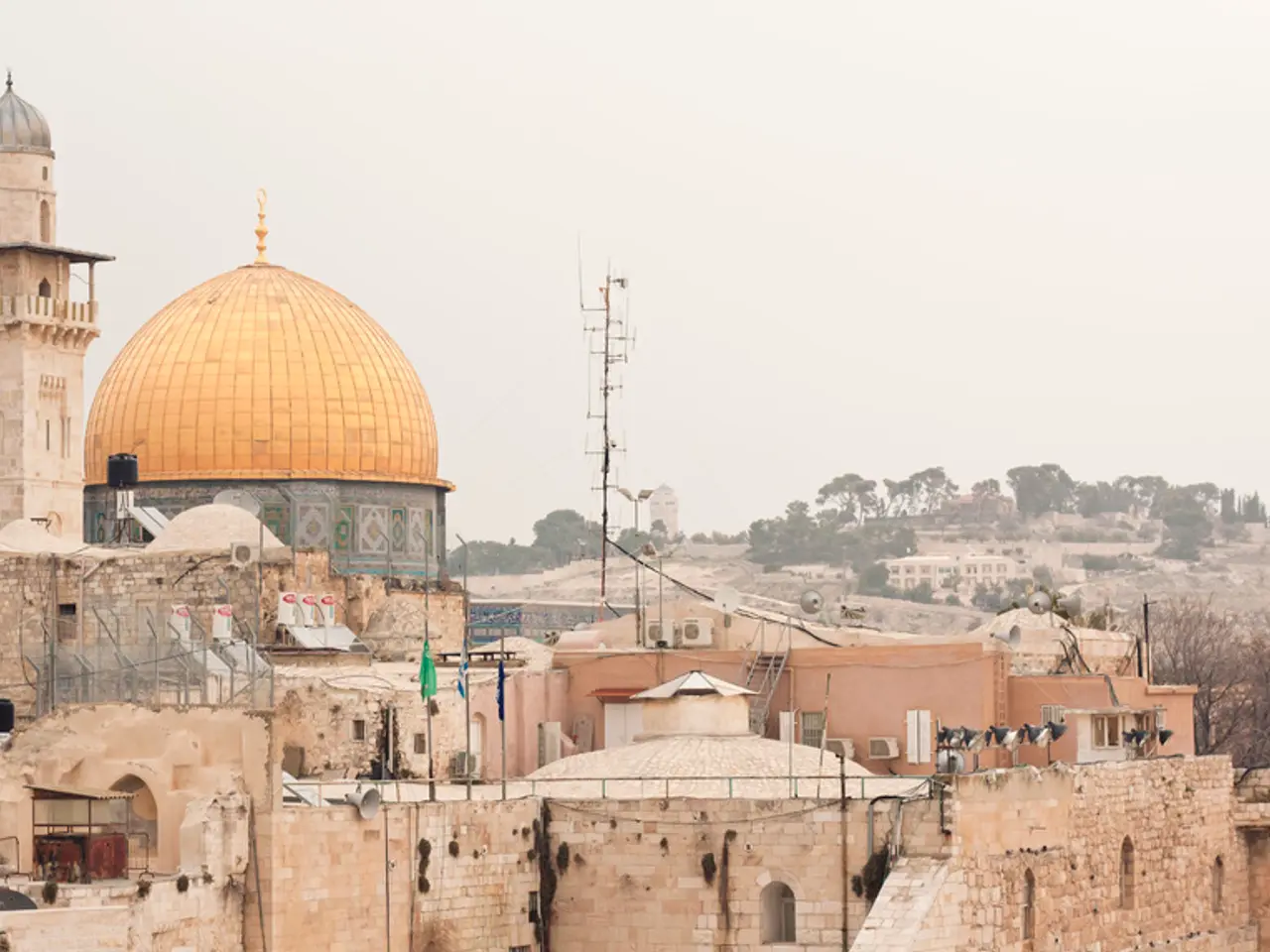Struggling residents of Hong Kong sidestep heat shelters, survey reveals
In a recent survey conducted by Greenpeace Hong Kong and ImpactHK, it was revealed that about 65% of vulnerable residents in Hong Kong have never used government heat shelters, primarily due to their inconvenient locations and some residents being unaware of their existence[1]. Those who have used the shelters expressed a desire for improved privacy and dignity[3].
Currently, the Hong Kong government operates 19 community halls or centres as temporary heat shelters across all 18 districts[2]. However, advocates argue that this number is insufficient, especially in areas like Sham Shui Po and Yau Tsim Mong, where many residents live in substandard housing[1]. They call for more shelters within a 15-minute walking distance of low-income and homeless communities. Suggestions include repurposing existing community facilities as heat shelters without the need for new infrastructure[1].
The government has proposed plans to increase public housing supply, including "light public housing," and is considering a “Basic Housing” bill to set minimum livability standards. However, progress on these reforms has been slow, leading to concerns that they may not fully alleviate the burden on low-income groups facing subpar living conditions that exacerbate heat exposure[2][4].
Additionally, pressure groups have urged the government to provide electricity allowances to help tenants in subdivided flats cope with high indoor temperatures, a problem worsened by poor housing insulation and climate change[5].
The survey findings did not provide specific details about the current services offered at government heat shelters. However, it is clear that there is still room for improvement in these services, with users seeking improved privacy and dignity[3]. Isaac Ho Cheuk-hin, ImpactHK's programme manager, stated that it is the government's responsibility to provide resting spaces that allow privacy and dignity[6].
The government has acknowledged some issues with its heat shelters and is taking tentative steps towards improvement. However, NGOs and residents emphasize the need for more accessible, better-equipped shelters, and faster, more comprehensive housing reforms to effectively protect low-income groups from extreme heat risks[1][2][3][4][5].
References:
- South China Morning Post
- Hong Kong Free Press
- Greenpeace Hong Kong
- ImpactHK
- Apple Daily
- RTHK
The Hong Kong government could incorporate health-and-wellness aspects, such as privacy and dignity, in their proposed heat shelters to better accommodate users' needs. This could be achieved by repurposing existing community facilities as heat shelters or providing more shelters within a 15-minute walking distance of low-income and homeless communities.
Advocates suggest that science-based solutions, like improving housing insulation and implementing minimum livability standards, should be embedded within comprehensive housing reforms to alleviate heat exposure risks and provide adequate living conditions for low-income groups.





